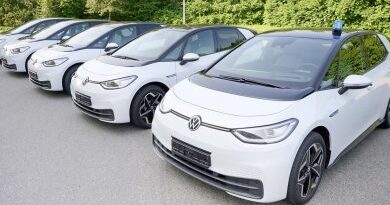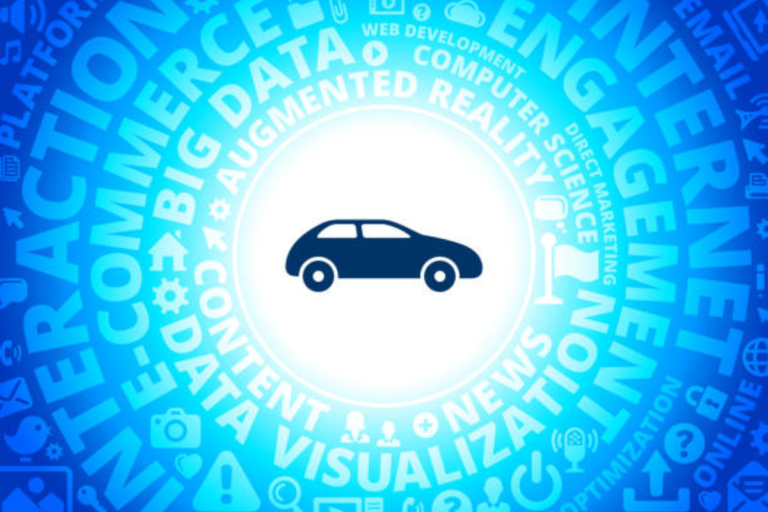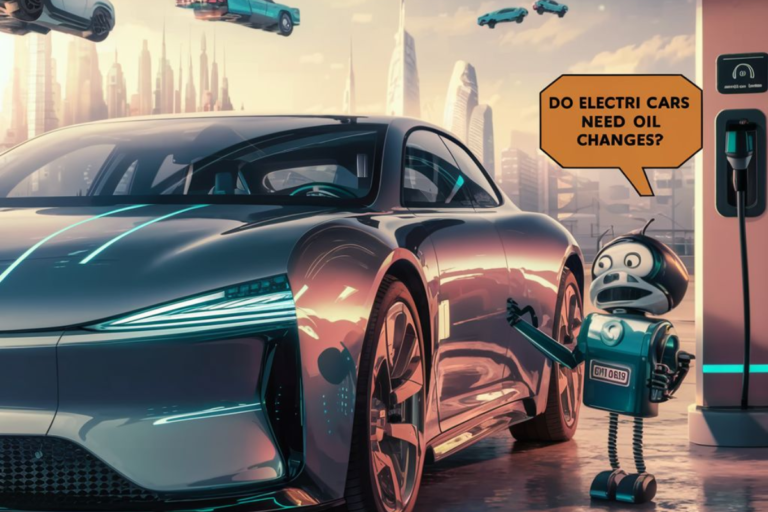Are electric vehicles still the future of automotive?
The UK’s output of electric vehicles (EVs) is expected to drop from 360,000 to 280,000 units in 2025, according to the Advanced Propulsion Centre (APC), a nonprofit organization that assists in funding zero-emissions vehicle technologies in the country. Compared to vehicles powered by internal combustion engines (ICEs), EVs continue to be significantly more costly. Consumers have valid reasons to be concerned about inflation, a cost of living issue, and affordability, which helps to explain why the APC altered its estimates. What does this signify for the development of EVs, then?
Return to ICE ?
Might the immediate consumer response be a rise in ICE car sales? They are more accessible, less expensive for consumers who are constrained for cash, and have a well-established infrastructure and familiarity that customers prefer. According to new analysis by Smart Line, the cost of used cars is expected to drop by over 10% in 2023, making ICE vehicles even more alluring to buyers.
Returning to ICE is not a long-term answer, though. Notwithstanding these issues, all automobiles and vans produced in the UK starting in 2030 must be either hybrid or all-electric (with the former phased out by 2035). Vans and new ICE vehicles will be prohibited. Europe won’t lag behind that much. Furthermore, automakers are still committed to EVs and electric vehicles that entirely uses EVs by 2030. Long-term, this might imply that buyers’ options for buying a new car may be limited.
Acceleration to hydrogen in electric vehicles ?
Could manufacturers possibly move more quickly with their intentions to create hydrogen-powered vehicles?
According to the International Energy Agency’s “Future of Hydrogen” study from 2019, there is a case to be made that the political and commercial adoption of hydrogen has seen an unheard-of uptick. Nevertheless, since hydrogen technology and its conversion into fuel are now not an accessible or economical alternative, automakers are not particularly interested in the idea.
The economic and technological barriers to hydrogen technology may be much bigger than those that the EV problem faces. Because of this, battery electric vehicles (EVs) are currently and will be the dominant zero-emissions technology for the next 10 to 15 years, according to IP company Murgitroyd.
EV (electric vehicles) perseveres?
Thus, how can stakeholders counteract the predicted EV trend? Tesla has quickly reduced the price of its most popular models by up to 15% in response to concerns, among other financial factors; this may save customers up to £7,500 (US$9,275) in the UK. This shows that Tesla has acknowledged the need to maintain its financial competitiveness in the face of increased competition. Such a price cut may entice buyers, but it is not without controversy: some irate buyers purchased their vehicles the day before Tesla announced its price drop and received no benefit. Due to Tesla’s online sales strategy, consumers have a legal right to return their cars after 14 days of delivery under the Consumer Protection (Distance Selling) Rules.
Buyers can decline delivery or even return automobiles that were delivered up to a fortnight ago if they desire lower costs. Given the financial pressures that their own manufacturing expenses are putting on them, other manufacturers may be hesitant to reduce their prices by such a large amount.
Simply put, it is too late to stop the ever-increasing dependency on EV.
The price of making EV batteries is a significant contributor to the high cost of EVs. Moreover, according to BloombergNEF, the price of EV batteries increased for the first time in 2022 as a result of growing costs for components and raw materials, skyrocketing inflation, and a rise in demand. Legislators should step in with legislative and financial assistance to further develop technologies and aid in the construction of new UK gigafactories, therefore reducing the cost of battery manufacturing, to prevent customers from switching back to ICE in the near future. Theoretically, producers would give these savings to customers.
Under the Inflation Reduction Act 2022, US politicians have encouraged such investment. If the UK doesn’t follow suit, it might fall behind, as it has since BritishVolt’s demise. Increased tax breaks for EV purchases would also help remove some of the obstacles to doing so. Such incentives are offered by company electric car programmes, although they are not common and can be complicated. The UK government revealed its plans to maximise EV charging capacity on January 17, 2023, through the Electric Vehicle Smart Charging Action Plan. Nevertheless, additional legislative action is required to expand the scope of such incentives and promote the purchase of EVs.
Committed
It is obvious that EVs will continue to dominate the market for zero-emission cars in the near future despite the difficulties we face and their effects on EV sales. Manufacturers and customers alike are aware that we are just too far along in the process to turn away from our growing reliance on electric vehicles. It is evident that using legal action as a strategy to meet some of these difficulties is effective. Let’s hope the authorities deliver as promised.









![List of the 400 Largest Electricity Providers in Germany [2023 Update] || Liste der 400 größten Stromanbieter in Deutschland [Update 2023]](https://shankeymakers.com/wp-content/uploads/2023/02/WhatsApp-Image-2023-02-16-at-12.26.49-PM-768x450.jpeg)